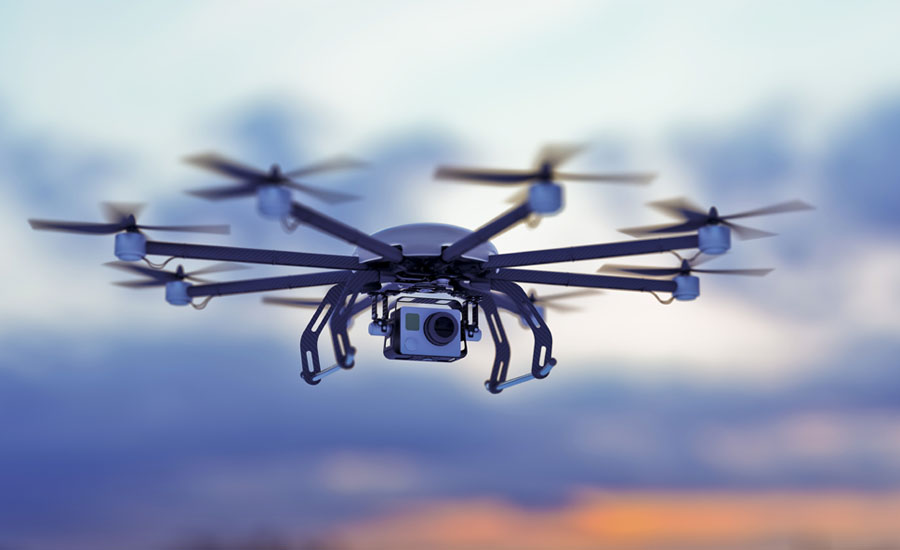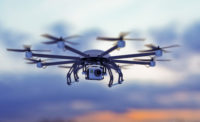In an effort to keep drones away from airports, the Federal Aviation Administration (FAA) is continuing its detection research – this time at Dallas/Fort Worth International (DFW) Airport.
Drones – otherwise known as unmanned aircraft (UAS) -- that enter the airspace around airports can pose serious safety threats, which is why Congress directed the FAA to evaluate UAS detection systems at airports and other critical infrastructure sites. The agency is partnering with government and industry in the process.
At DFW, the Texas A&M University-Corpus Christi UAS test site is performing the flight operations using multiple drones. Gryphon Sensors is the participating industry partner. The company’s drone detection technologies include radar, radio frequency and electro-optical systems.
The DFW evaluation is the latest in a series of detection system tests that began in February 2016. Previous evaluations took place at Atlantic City International Airport; John F. Kennedy International Airport; Eglin Air Force Base; Helsinki, Finland Airport; and Denver International Airport.
The FAA intends to use the information gathered during this assessment and other previous evaluations to develop minimum performance standards for any UAS detection technology that may be deployed in or around U.S. airports. These standards are expected to facilitate a consistent and safe approach to UAS detection at U.S. airports.
The FAA’s federal partners in the overall drone detection evaluation effort include the Department of Homeland Security; the Department of Defense; the Federal Bureau of Investigation; the Federal Communications Commission; Customs and Border Protection; the Department of the Interior; the Department of Energy; NASA; the Department of Justice; the Bureau of Prisons; the U.S. Secret Service; the U.S. Capitol Police; and the Department of Transportation. The work is part of the FAA’s Pathfinder Program for UAS detection at airports.


